Hyundai-Sime Darby Motors (HSDM) has officially launched the Hyundai Staria in Malaysia. Forget all you know about the Hyundai Grand Starex – the Staria is a different kind of MPV; not only does it look like nothing else in the car world, it’s more sophisticated under the skin and much more luxurious inside too. Let’s start.
We’re getting the Staria in a single form, and it’s the range topping Premium with a 2.2 litre turbodiesel. The price is RM358,888 on-the-road without insurance, with SST exemption. In recent BMW Malaysia fashion, this price comes with a two-year or 50,000 km warranty. If you want the five-year/300,000 km warranty plus three-year/50,000 km free service package, it’s RM368,888.
That’s a lot of money, but the Staria is also a lot of MPV. The Starex is one of the largest passenger vehicles on our roads, but the Staria dwarfs it. At 5,253 mm long, 1,997 mm wide and 1,990 mm tall, the Staria is 103 mm longer, 77 mm wider and 55 mm taller than the Starex, and its 3,273 mm wheelbase is 73 mm longer than the old van.
By the way, the Staria is also much bigger than the Toyota Alphard/Vellfire, and will surely stand out at the lobby with its spaceship-esque design. The minimalist head of the car features a slim full-width LED light strip (DRLs on the sides, position lamps in the middle), under which sits a wide grille incorporating low-mounted vertical LED headlights.
One can choose from the bronze-like brass chrome or dark chrome trim for the Hyundai emblem, grille, headlamp bezels, front and rear bumpers, wheels, side mirrors and door handles. The rear end is also very clean, and the devil is in the details of the the vertical tail lamps. The Parametric Pixel design of the lights are super cool if you see it up close. The 18-inch wheel design matches this pixel theme perfectly.
One of the biggest design points that make the Staria stand out is the super low beltline, which gives the MPV some of the biggest window panels I have ever seen on a passenger vehicle. Hyundai says that this is inspired by traditional Korean hanok architecture and “creates a feeling of openness”. That’s an understatement – this could well be the best vehicle to be sightseeing in.
Speaking of that, behind the smart power sliding doors (auto open/close based on proximity, no button press required, also applicable to tailgate) are the best seats in the house. Our Premium spec Staria comes with two individual Premium Relaxation Seats with a business class-style one-touch relaxation mode – press this and the seat will recline and the ottoman will extend. Of course, the backrest, cushion and leg rest can be adjusted individually as well.
The centre row seats have heating and ventilation, and occupants can also enjoy air vents and a digital AC control panel on the roof, a sunroof (two in total, plus another for the cockpit), manual window blinds (windows can slide to open manually) and USB charging ports (for all seats). By the way, Hyundai claims that there’s enough room for adults to sit in the third row (three-seat bench) even when the VIP seats are reclined – such is the size of the cabin.
In front, the Staria’s dashboard has a horizontal full width vent broken only by the centre stack, a style also seen in the latest Tucson and Santa Cruz. The meter panel is a 10.25-inch digital screen placed above the steering wheel and far ahead. Sitting above the AC control panel is an 8.0-inch factory touchscreen head unit with wireless Apple CarPlay and Android Auto, connected to a 12-speaker Bose sound system.
The centre cluster is completed by a wireless phone charging tray and gear selection buttons. Other notable equipment include heated and ventilated front seats (like the middle row), electric front seats (eight-way plus four-way lumbar for driver, four-way for front passenger), electronic parking brake with auto hold, electrochromic rear view mirror, 10-colour ambient lighting and double-laminated soundproof glass front windows.
With such an expansive dashboard and much width, there are plenty of storage options – the less obvious ones are in front of the meter panel and behind the touchscreen. The console between the two front seats are huge and has Staria branding and ambient lighting.
On the safety front, the latest Hyundai SmartSense ADAS suite includes Blind-spot Collision Assist, Blind-spot View Monitor, Rear Cross Traffic Collision Assist, Lane Keeping Assist, Smart Cruise Control with Stop and Go, Forward Collision Avoidance Assist, Safe Exit Assist, Rear Occupant Alert, High Beam Assist, Parking Distance Warning, Surround View Monitor, Driver Attention Warning and Leading Vehicle Departure Alert. Elsewhere, it’s six airbags and Isofix child seat mounts for the two middle row individual seats.
It seems almost like an afterthought on this car, but the engine is a 2.2 litre turbodiesel with 177 PS and 431 Nm of torque from 1,500 to 2,500 rpm. The CRDi is mated to an eight-speed torque converter automatic transmission with steering shift paddles Drive is sent to the front wheels, not the rear like in the Starex. With rear multi-link suspension instead of the Starex’s live axle, Hyundai promises a more comfortable ride. If you need to know, the 0-100 km/h sprint is done in 12.4 seconds and the top speed is 185 km/h.
Lastly, there’s an option pack that includes a roof mounted screen for the rear passengers, retractable side steps and 3M window tint (there’s a lot to cover here!) for RM20k. Going for this will take the Staria’s price to RM378,888 for the base warranty and RM388,888 for the full warranty.
As mentioned above, one can choose from dark chrome or the bronze-like brass chrome exterior trim. The latter can be matched to seven colours; the latter three. There are four interior Nappa leather colours to choose from – all-black, grey two-tone, blue two-tone and the brown two-tone you see here, with Alcantara wrapped doors and headlining. Very customisable. The Staria is available for viewing at HSDM’s Ara Damansara HQ.
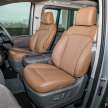

“The Staria is revolutionary. Hyundai has once again demonstrated its outstanding design and architecture capabilities with the introduction of the MPV extraordinaire. In terms of where the Staria Premium sits in the segment, it’s a notch higher from the Grand Starex. It’s Hyundai’s first luxurious MPV that is at par with premium Japanese MPV models,” said HSDM’s MD Low Yuan Lung.
It’s clear which Japanese MPVs the HSDM chief meant. The ubiquitous Toyota Alphard and Vellfire are the most popular boss cars in Malaysia and the Vellfire 2.5L by UMW Toyota Motor is priced at RM367,881 with SST exemption. The Staria undercuts this in its base low warranty form (RM358,888), but if you go for the full package (RM368,888), the difference with the Toyota is just RM1k, which is small change for the target market.
The Hyundai Staria won’t be for all, but there’s finally a luxury MPV alternative for the boss who wants something other than the Alphard/Vellfire – and with such jaw-dropping design and an imposing size, stand out at the lobby he/she will. What do you think of this space pod of a people carrier?
GALLERY: Hyundai Staria 2.2D Premium 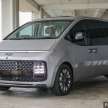

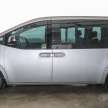
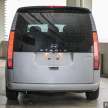
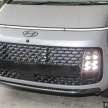
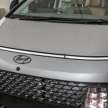
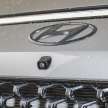
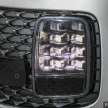
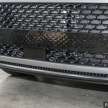
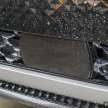

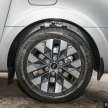


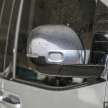
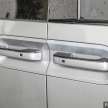


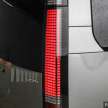
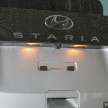
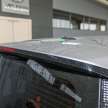
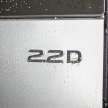
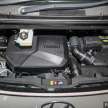
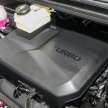
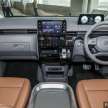
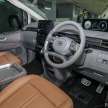


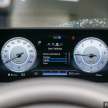
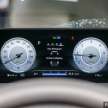
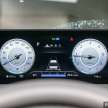
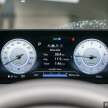
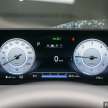
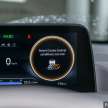

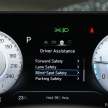
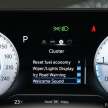
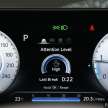
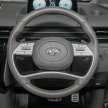


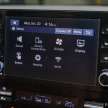
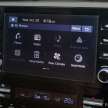

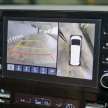

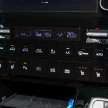
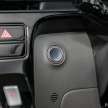

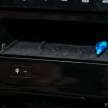
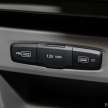
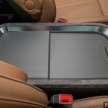

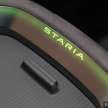
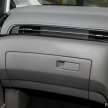
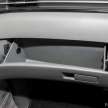
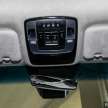
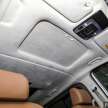
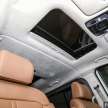
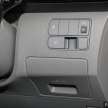
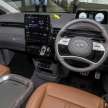
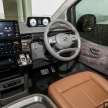
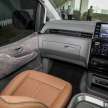

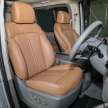


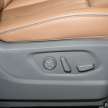
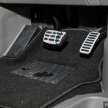
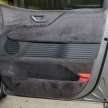


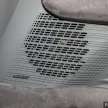
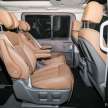


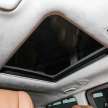

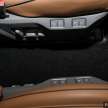
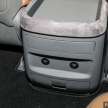
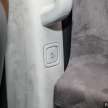
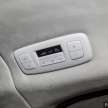







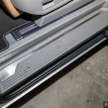



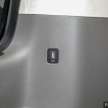

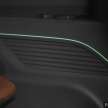

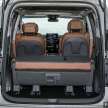

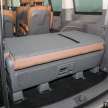
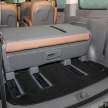
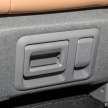
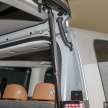

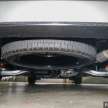
The post 2022 Hyundai Staria launched in Malaysia – Premium variant is a Vellfire MPV rival, 2.2L diesel, from RM359k appeared first on Paul Tan's Automotive News.

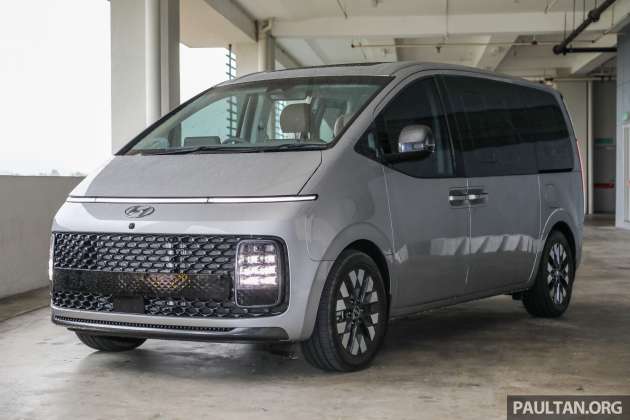

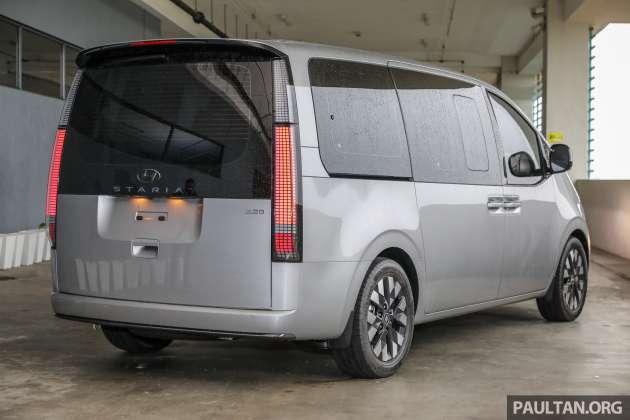
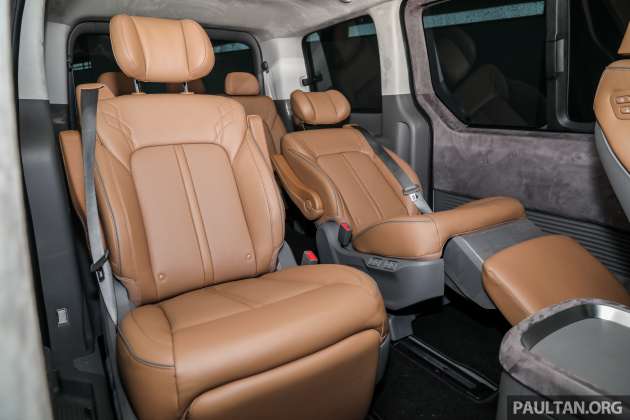

0 Comments